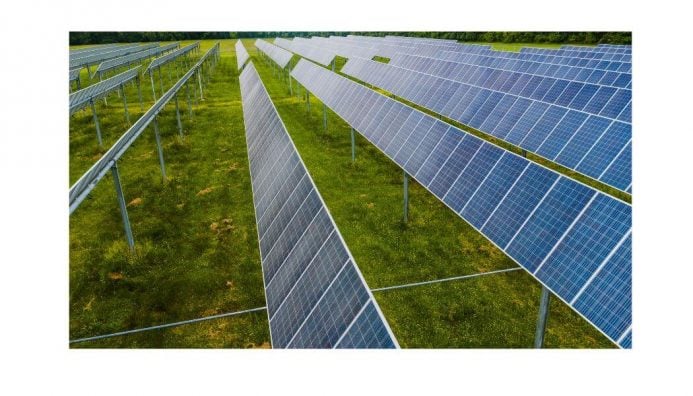Enjoy the magical silence in the snowfall
In a world that can sometimes be so loud and busy, snow literally slows us down and quiets the sound.
Read MoreSolar development has been a hot topic throughout Ohio this past year. There are many large solar developments in the state that are hundreds or thousands of acres in size. Locally, interest in solar development has been on a much smaller scale at under 100 acres.
These smaller solar projects are also commonly known as “community solar.” Most of the solar development projects are planned for private property, and a payment is made to the landowner from the solar company on a yearly basis. The lease agreement between the landowner and the solar company details the payment terms, length of the lease and special considerations unique to the property. Some of these lease payments can be quite large, or at least advertised with a larger dollar figure, which makes the option worth considering.
When it comes to solar development, size does matter. Larger solar projects, also known as utility-scale, must be approved by the Ohio Power Siting Board, which sets out regulations for development and decommissioning the project. The OPSB regulations provide a framework that landowners can use as a starting point in the development of the lease with the solar company. Smaller developments do not have the same level of oversight of the OPSB which can be good or bad. In theory, without the same level of OPSB oversight as larger developments smaller solar projects can be developed at a quicker rate. On the flip side, there can be a larger risk to the landowner.
If you have been approached by a solar development company to lease your property, you should not sign any agreement without first consulting with a lawyer. Your lease agreement will be your best course of action should something go wrong with the project. When discussing with your lawyer you should consider how will funds be set aside for the decommissioning process, payment terms, property access, any property tax payments that will need to be corrected, and a lot more. You should also read OSU’s Farmland Owner’s Guide to Solar Leasing. You can contact our office for a hard copy: 330-638-6738
Legal and financial considerations are relatively easy to resolve, but neighbor and community relationships can be more challenging. A quick internet search will show several examples of neighbor relationships being soured because of solar development. Even the solar panels at Kent State University at Trumbull caused some uproar on social media when they were installed. If good fences make good neighbors, I’m not sure if solar panels will have the same effect. Ohio H.B.501 recently gave zoning authority for solar projects over to local government, so the neighbor concerns may have a serious impact on development. Several large projects were recently denied because of community concerns.
When the solar panels are installed, there may be significant changes to your land that may not be easily reversed. If roads, concrete piers, or other excavation is required, you will see the scars on the land for generations. Despite best efforts to restore the land, it will never be as it is today. That is important to know if you plan for the land to stay in the family, especially if the plan is to return it to productive crop land. Just about any farmer can tell you where an old house foundation, railroad bed, tree line, or fence row used to be because of differences in crop yields.
If you are thinking about leasing your property for solar, make sure you understand the risks and benefits. The financial benefits can be significant, but so can the risks. OSU Extension has several resources available for solar leasing, and I would be happy to walk you through those resources if needed.
OSU Extension Trumbull County has several events planned for this winter. If you need your Ohio Fertilizer Applicator Certification, we will be hosting a three-hour certification session 6 to 9 p.m. on Feb. 22 at the office. The cost is $35 per person.
We will be partnering with Hartford Orchard again for our March Into Pruning program 9 to 11 a.m. March 4. During this class, you will learn how to prune fruit trees and get to practice on the trees at Hartford Orchard. The cost is $15 per person.
For questions on solar leasing or programs call 330-638-6783, visit Trumbull.osu.edu, or follow OSU Extension Trumbull County on Facebook. Stay safe.
Submitted by Lee Beers, an Agriculture and Natural Resources Educator for OSU Extension – Trumbull County. He can be reached at 330-638-6738 or by email.
OFBF Mission: Working together for Ohio farmers to advance agriculture and strengthen our communities.

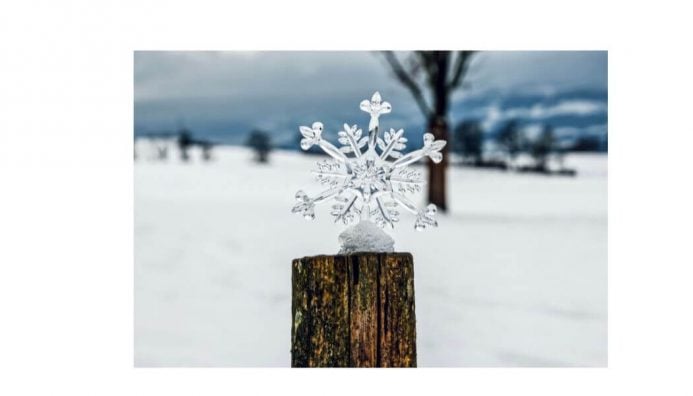
In a world that can sometimes be so loud and busy, snow literally slows us down and quiets the sound.
Read More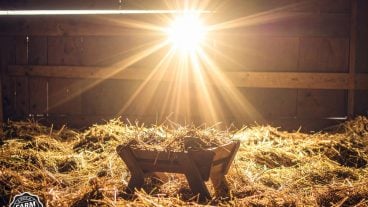
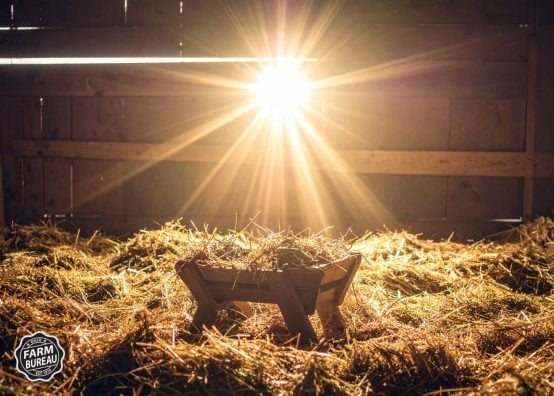
It might seem like a real chore to have to take care of the animals before any Christmas gifts or meals can happen, but to me it is such a special time.
Read More

Happy Thanksgiving, Everyone! I say it every year, but Thanksgiving is my favorite holiday. The gathering of friends and family…
Read More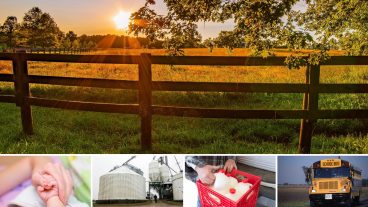

We need to get back to being people who see the good before the differences. Because when agriculture thrives, communities thrive.
Read More

As we pull on our hoodies, light our jack-o’-lanterns and sneak just one more piece of candy, we can thank agriculture for giving us the most spooktacular night of the year.
Read More

It is currently illegal to sell unpasteurized milk in Ohio. There is a renewed interest in raw milk sales, so that could change.
Read More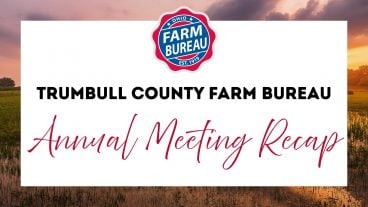
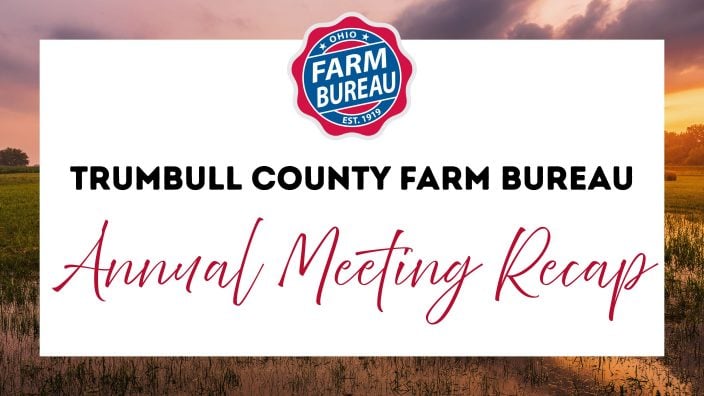
Trumbull County Farm Bureau held its 2025 Annual Meeting Thursday, Sept. 11, 2025 at 6:30 p.m. at the Trumbull County Fairgrounds, 899 Everett Hull Rd, in Cortland.
Read More
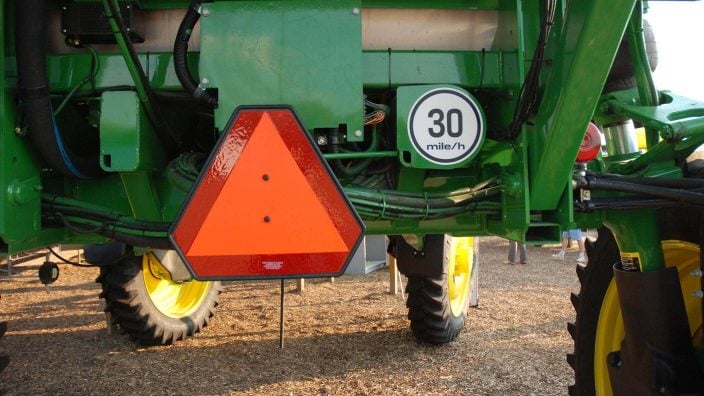
Fatigue and stress can sneak up on even the most seasoned farmer. Please, take care of yourselves.
Read More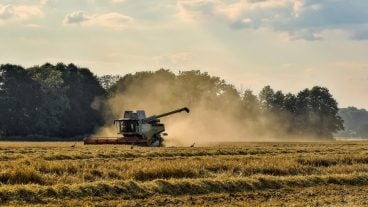
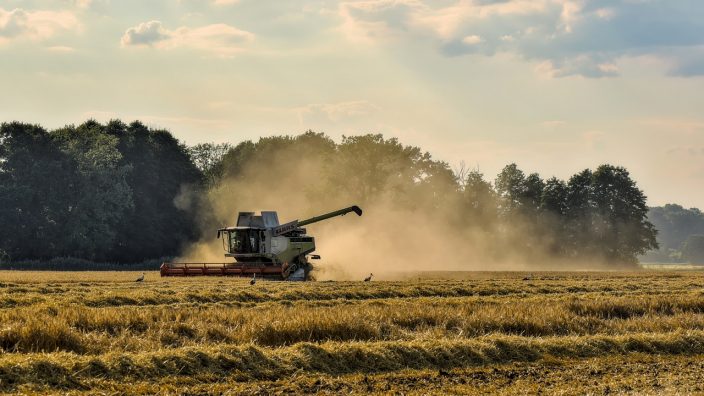
Traveling on roads with large, often oversized equipment adds to the stress.
Read More

Much of Ohio’s pumpkin crop ends up at farm markets, roadside stands and patches where families pick out carving pumpkins and pie pumpkins by hand.
Read More